
views
African Elephants Are Evolving to Not Grow Tusks: A Response to Poaching Pressure
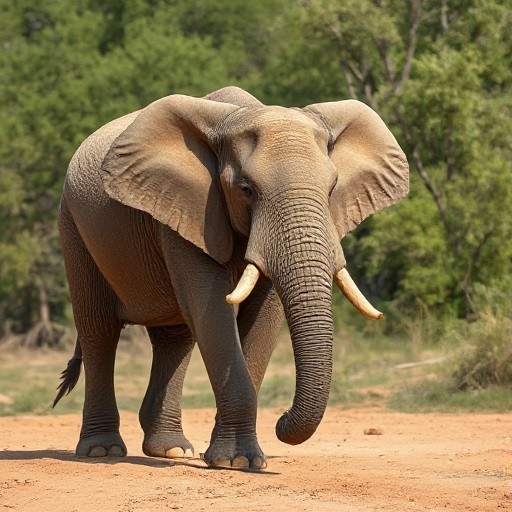
The majestic African elephant, one of the world's most iconic species, is undergoing a significant evolutionary change in response to human activities, specifically poaching. Elephants are now evolving to not grow tusks, a dramatic adaptation that highlights the profound impact of poaching on wildlife. This article explores the reasons behind this phenomenon, the implications for the species, and the broader lessons we can learn about human impact on nature.
The Evolutionary Basis
Evolution is a natural process where species adapt to their environments over many generations. Typically, these adaptations help animals avoid danger, find food, and reproduce. In the case of African elephants, the threat posed by poachers has accelerated a change that might take much longer under natural circumstances.
Natural Selection
Natural selection, a key mechanism of evolution, favors traits that increase an individual's chances of survival and reproduction. For elephants, tusks have historically been advantageous. They use them for digging water, stripping bark from trees, and as weapons for defense and dominance. However, the presence of tusks also makes elephants prime targets for poachers seeking ivory.
The Role of Poaching
Decades of poaching have drastically reduced elephant populations, particularly targeting individuals with larger tusks. This selective pressure has led to an increase in the proportion of tuskless elephants within populations. Elephants without tusks have a higher survival rate as they are less likely to be killed by poachers.
Genetic Influence
Studies have shown that the gene responsible for tusk development is linked to the X chromosome, which means it is a sex-linked trait. In populations where poaching is intense, there is a noticeable increase in females without tusks. These tuskless females are passing on their genes to the next generation, gradually increasing the prevalence of tuskless elephants.
Implications for Elephant Populations
The evolution of tuskless elephants has several implications for the species and their ecosystems.
Ecological Impact
Tusks play a critical role in the ecosystem. Elephants use them to dig for water, which creates water holes that benefit other wildlife. They also break down trees and undergrowth, helping to maintain the savannah landscape. A population shift towards tuskless elephants could alter these ecological dynamics, potentially affecting other species and the overall health of the habitat.
Behavioral Changes
Without tusks, elephants may need to adapt their behavior to perform tasks that tusks previously facilitated. This could include changes in foraging strategies, social interactions, and defense mechanisms. The long-term effects of these behavioral changes are still being studied.
Genetic Diversity
The increase in tuskless elephants raises concerns about genetic diversity. If the population becomes too homogenous in this trait, it could reduce the overall genetic health of the species. Genetic diversity is crucial for the adaptability and resilience of any species to changing environments and emerging threats.
Conservation Efforts
Understanding and addressing the impact of poaching on elephant evolution is essential for conservation efforts. Several strategies are being implemented to protect elephant populations and preserve their natural traits.
Anti-Poaching Measures
Strengthening anti-poaching efforts is critical. This includes increasing the presence of park rangers, employing modern technology such as drones and satellite tracking, and enhancing legal frameworks to punish poachers and ivory traffickers. Community-based conservation programs are also vital, involving local communities in protecting wildlife and providing alternative livelihoods.
Habitat Protection
Protecting and restoring elephant habitats ensures that they have the resources they need to thrive. Conservation organizations are working to create and maintain protected areas where elephants can live without the threat of poaching. These efforts also involve addressing human-elephant conflicts that arise when elephants venture into agricultural areas.
Public Awareness and Education
Raising awareness about the plight of elephants and the consequences of ivory trade is essential. Public education campaigns can help reduce demand for ivory products and encourage support for conservation initiatives. Global cooperation is needed to enforce bans on ivory trade and to change consumer behavior.
Genetic and Behavioral Research
Continued research on elephant genetics and behavior is necessary to understand the full impact of poaching-induced evolution. Conservationists and scientists are working together to monitor tuskless populations, study their ecological roles, and develop strategies to support their survival and well-being.
Broader Lessons
The evolution of tuskless elephants is a stark reminder of the profound impact human activities can have on wildlife. It highlights the importance of ethical wildlife management and the need for sustainable practices that do not drive species to adapt in harmful ways.
Human Responsibility
Humans have a responsibility to protect and preserve the natural world. The case of the African elephants underscores the urgency of addressing wildlife exploitation and implementing conservation measures to ensure the survival of diverse species.
Adaptation and Resilience
The ability of elephants to adapt to poaching pressure demonstrates the resilience of nature. However, it also raises ethical questions about the extent to which human actions should drive such adaptations. Sustainable conservation practices must prioritize the well-being of species and ecosystems, allowing them to thrive without undue pressure.
The Role of Policy
Effective conservation policies and international cooperation are essential for addressing wildlife trafficking and protecting endangered species. Governments, NGOs, and local communities must work together to create and enforce regulations that safeguard wildlife.
Conclusion
The evolution of tuskless African elephants is a poignant example of how human activities can shape the natural world in unexpected ways. While tusklessness may offer a survival advantage in the face of poaching, it also presents challenges for the species and their ecosystems. Conservation efforts must continue to focus on protecting elephants and their habitats, ensuring that these magnificent creatures can thrive for generations to come.
Understanding the impact of poaching and supporting conservation initiatives are critical steps in safeguarding the future of African elephants and preserving the biodiversity of our planet.
All images are AI generated











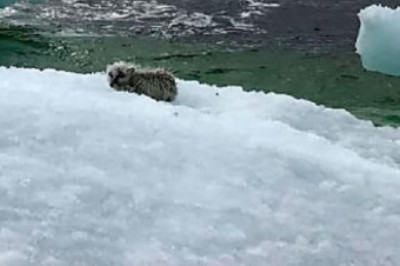


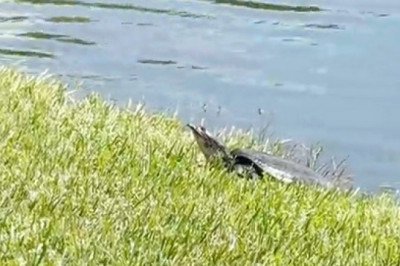
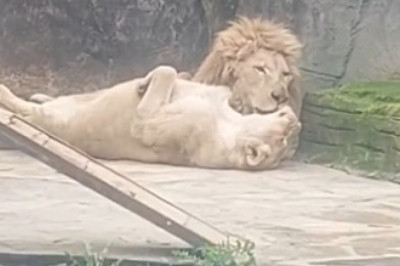

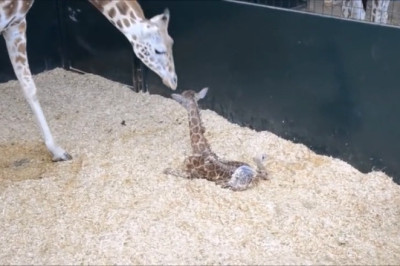

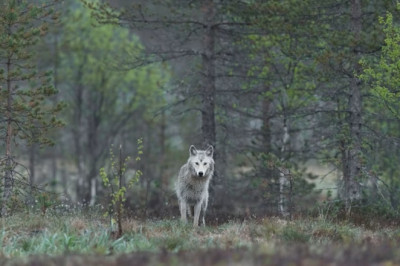
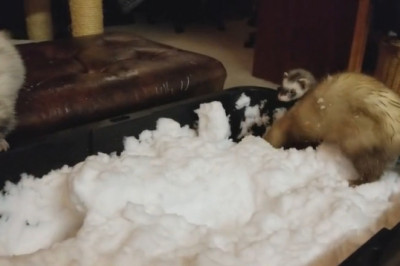
Comments
0 comment